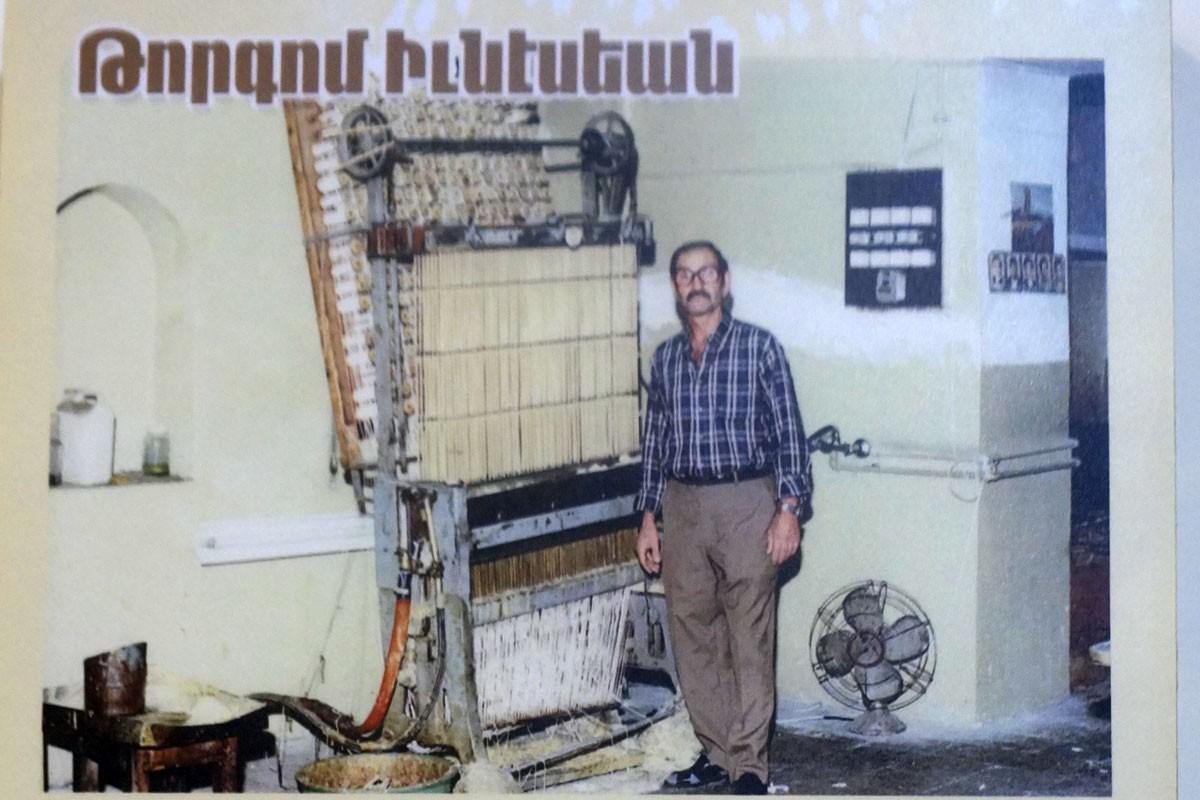
37 Million Candles in 32 Years: Machine Now on Display at Tehran’s Armenian National Museum
Hetq reporter Kristine Aghalaryan visited Iran for the New Year. Here’s a story she filed from Tehran.
Torkom Yunesyan supplied Armenian churches in Tehran with candles for 32 years.
He made the candles himself, starting in 1975 and continuing almost until the day he died in 2008 at the age of 73.
Over the years it’s estimated that Mr. Yunesyan manufactured 37,373,500 candles on the contraption seen below. He used beeswax, paraffin, and various polymers to fashion the candles, personally delivering them to church officials.
Mr. Yunesyan's candle making machine is now housed in Tehran’s Artak Manukyan Armenian National Museum, which opened in 2008. (Archbishop Artak Manukyan served as the Primate of the Armenian Apostolic Church in Tehran from 1969-1990).
Museum Director Alis Shahmuradyan says much information about the candle maker hasn’t been preserved, and that only bits and pieces are known about him through family members.
Before the museum opened, a call went out to the Armenian community requesting that those possessing antiques and other valuables should bring them for display.
Mr. Yunesyan's wife offered to donate the candle making machine and the museum accepted. It was a fortuitous decision, since the Yunesyan family was about to relocate to the United States and the machine might have never survived.
The relic is now prominently displayed in the museum for all to see.
Director Shahmuradyan says when the museum opened there wasn’t much on display. Luckily, over 200 new items have been donated in the past few years.
The museum, operated by the local diocesan council, affords visitors a tiny glimpse into the rich cultural traditions and history of Armenians in Persia, now Iran.
“We try to keep the museum open all the time. Recently, a delegation from the State Museum Directorate visited. They congratulated us. They visit from the Tehran Municipality as well,” says Mrs. Shahmuradyan.
The museum was particularly busy at New Years, according to the director, since many non-Armenians visited as well.
The museum, despite its size, has a great reputation within Iran. The government even takes foreign guests and dignitaries to the museum, which is accessed through the courtyard of Tehran’s Sourb Astvatzatzin.
Items from the museum are sometimes loaned out to Iran’s National Museum and other galleries for display.
“They are proud of Armenians. They want to show that a minority in a country like Iran has been able to organize a museum. There was a conference three months ago. 100 people from 37 countries visited our museum. There were journalists and lecturers. You should have seen how packed the place was,” says Mrs. Shahmuradyan.
She says that some 1,000 people visited the museum during the holidays alone and that the door keeper had his hands busy those few days.
The director says that ethnic Persians and other non-Armenians visit the museum out of curiosity. For many, she says, it’s the first time seeing a culture other than their own.
The museum also attracts those visiting other houses of worship nearby. There’s a Zoroastrian temple across the street. A Jewish synagogue is up the street and there’s a mosque further up. Iran’s National Museum is a hop and a skip away.
“They call this the spiritual street,” says Mrs. Shahmuradyan. “If visitors start the day at our museum, they wind up at the National Museum, where there’s a place to eat. They also do the opposite. There’s a kebab joint near us. They eat there. The street is pretty famous. Anyone coming here winds up at our museum.”
 Videos
Videos Photos
Photos
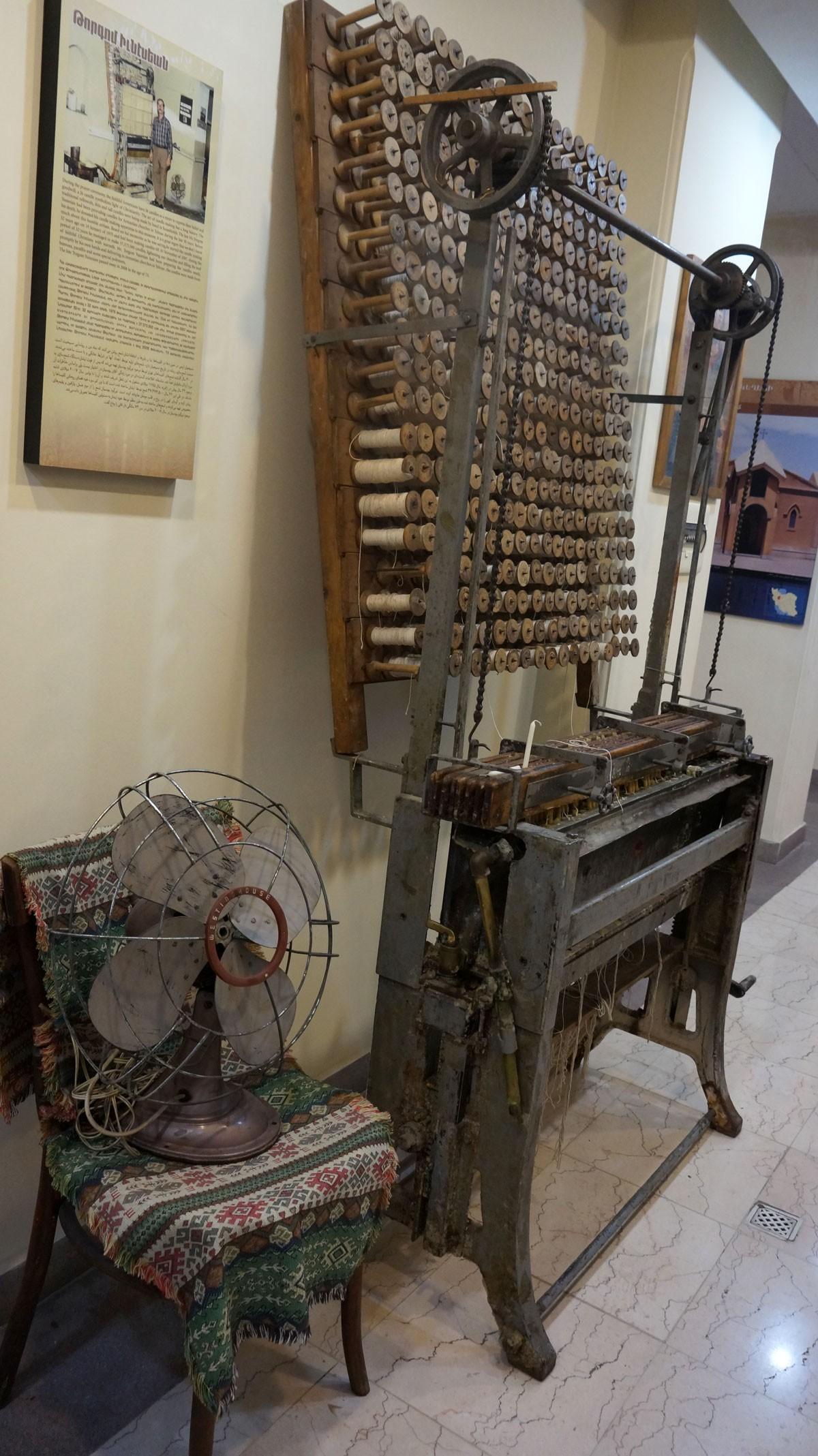
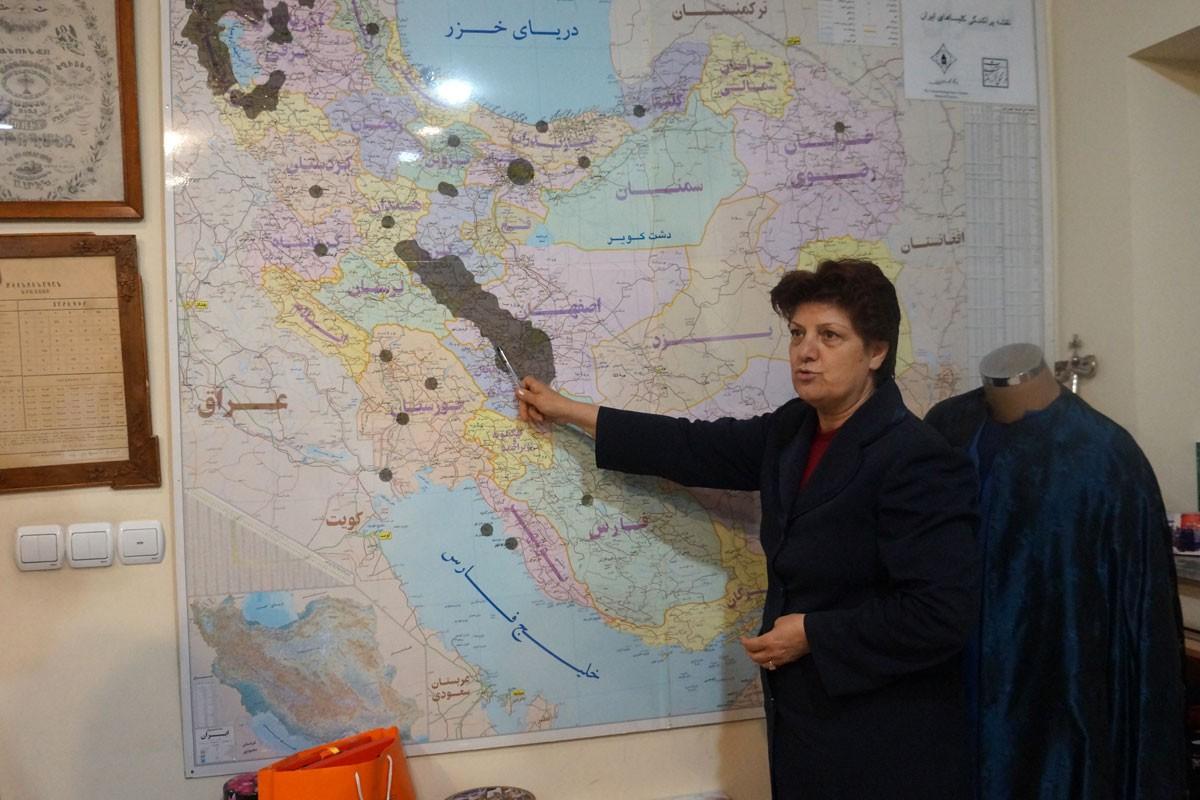

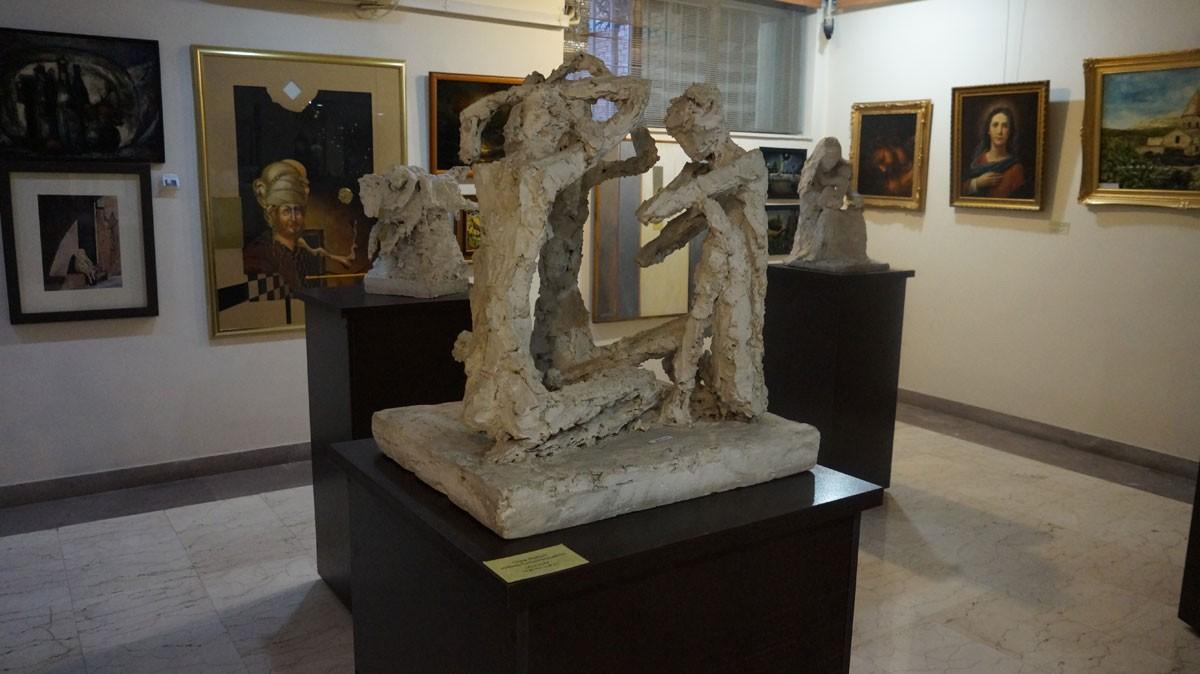
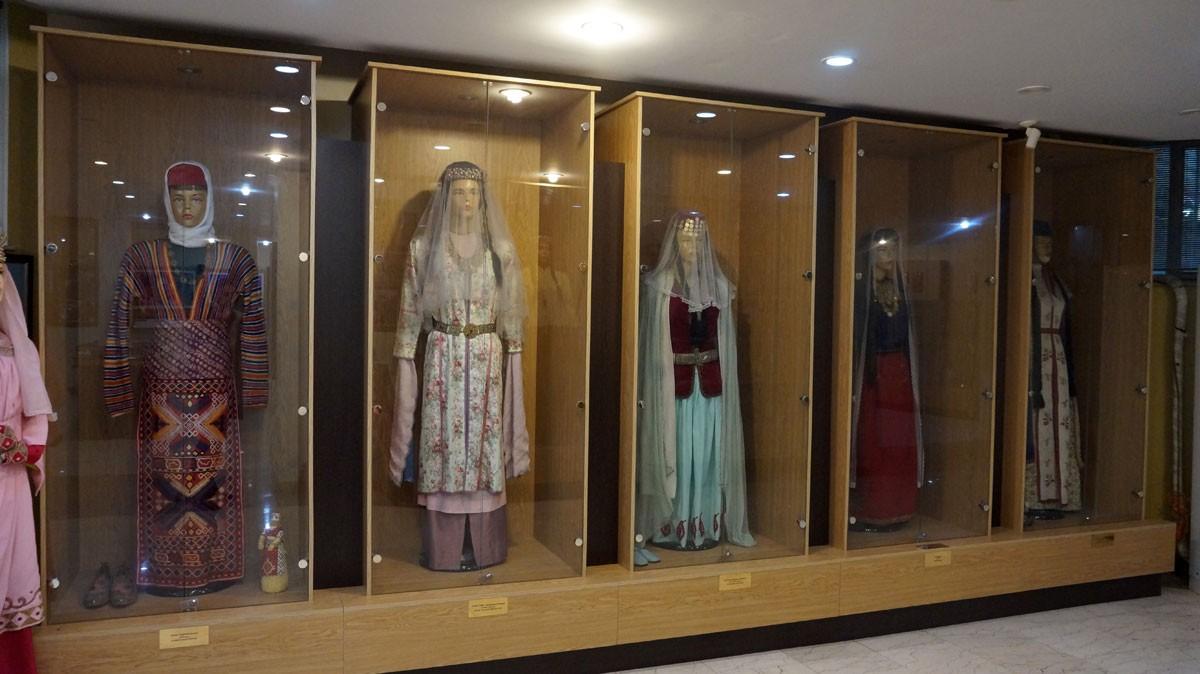
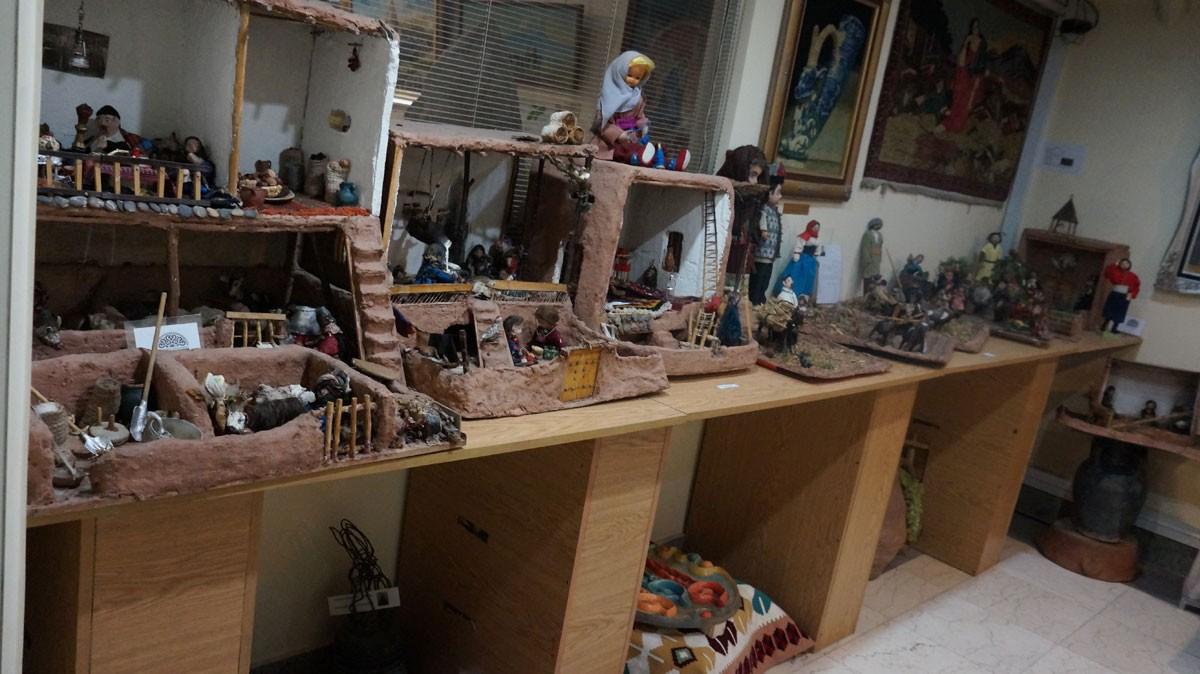
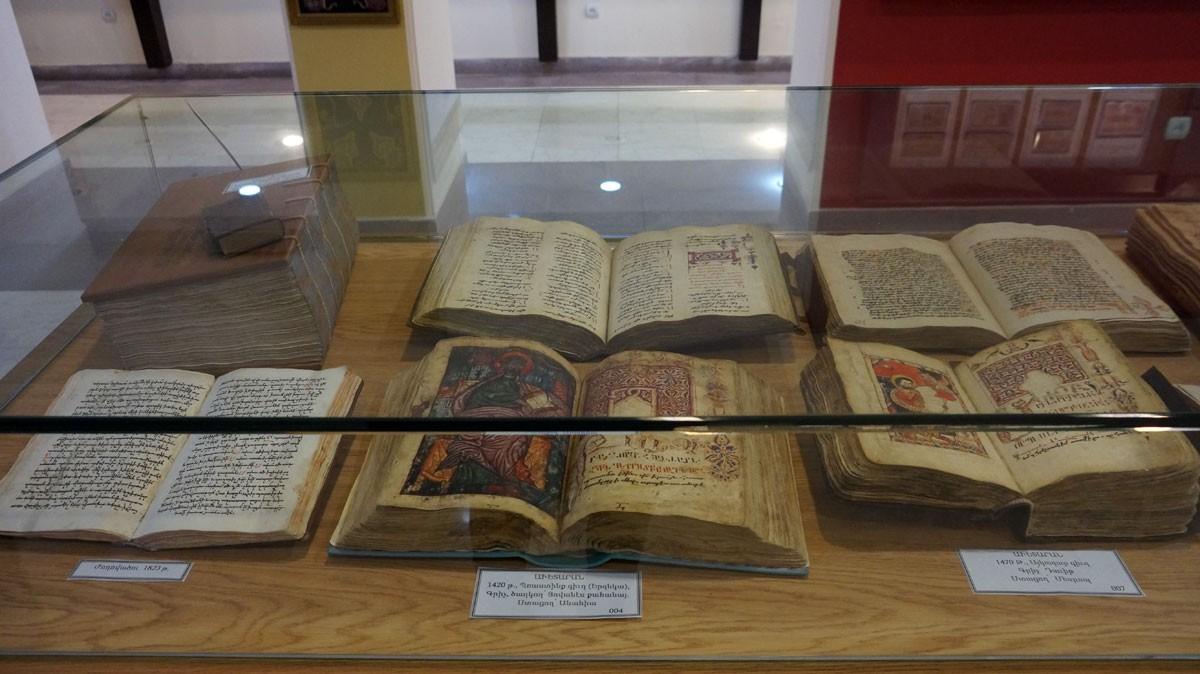

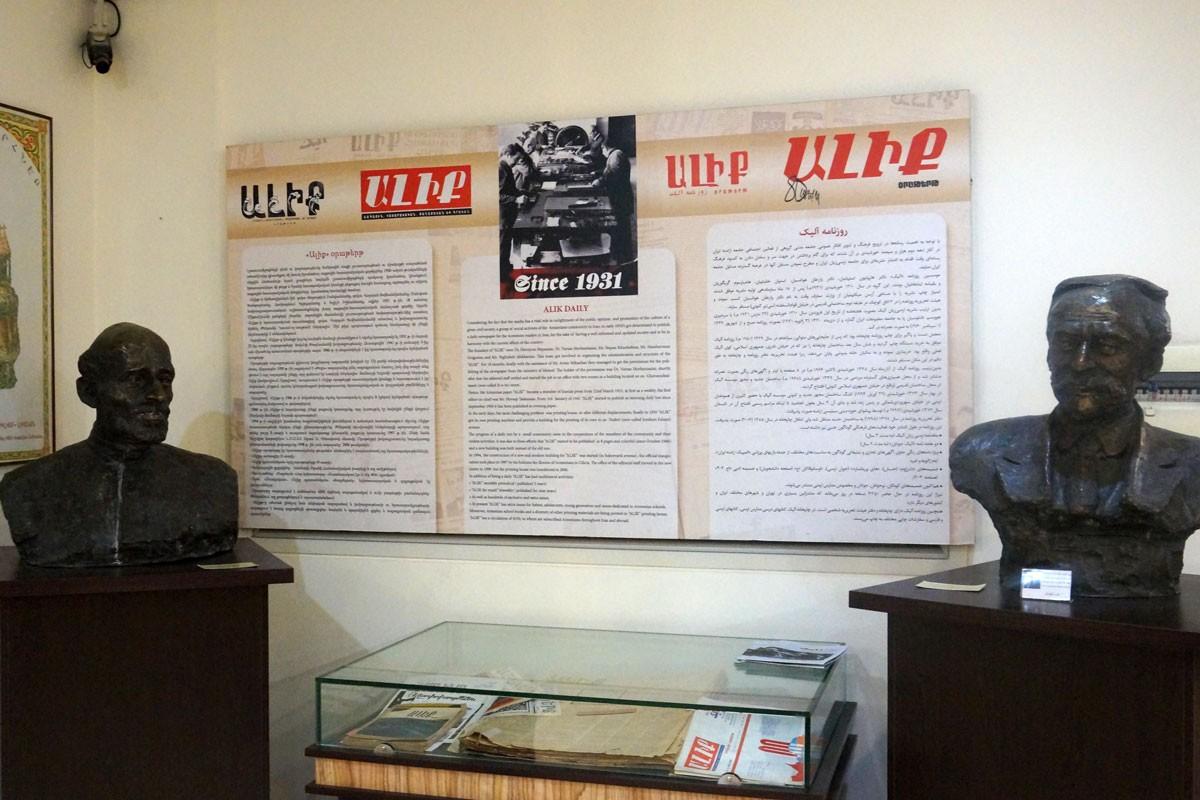
Write a comment